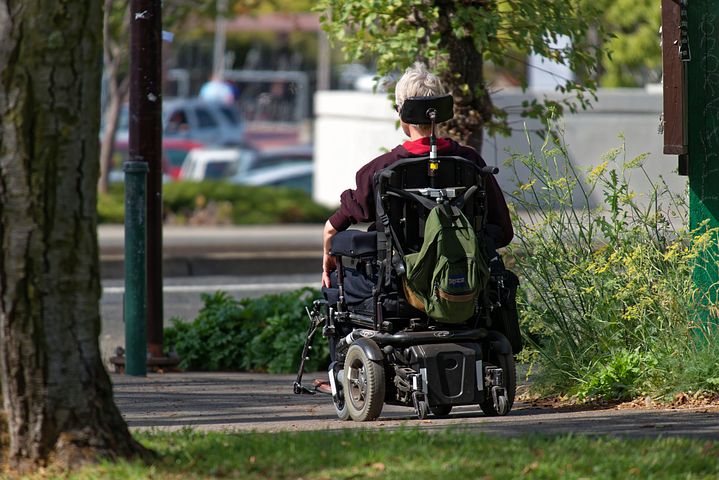The NDIS Accommodation Situation
NDIS accommodation in any big city is relatively easy to find. Just like with other facilities such as shops, restaurants and hotels, you can find the best of the best in Melbourne, Sydney and Brisbane. There is supply to meet demand and demand to meet supply. However, it is those who are living with disabilities in more rural towns who will find it difficult to find the facilities that they need to live independently. This relatively new scheme aims to allow members of the public living with disabilities to play a greater part in the community, providing more housing is one of the ways in which this is going to be achieved.
Creating a market for NDIS accommodation is one of the most important tasks facing the powers that be and the project as a whole. Many young people find it hard to find appropriate housing and are living in aged care facilities. It goes without saying that this isn’t ideal and shouldn’t be thought to be acceptable. While there is also the problem of adults with disabilities who still live with their parents. Their parents in these cases are ageing themselves and may fall into the category of those that will need help soon.
With this in mind, an astronomical budget has been approved in order to support over 10,000 locations in various parts of the country. $6 billion has been pumped into the fund to help the development of NDIS accommodation nationally. This has been created in the hope that it can also give a much-needed boost to the housing economy, creating an increase in construction in both the private and public sectors. Many national financial institutions are thought to excited by the prospect of this new market and see it as one in which they will be able to work within.
In Australia, it is a well-known fact that there is not enough NDIS accommodation available. 17,500 people live in NDIS accommodation and there is hope that with the additional funding this can jump to 10,500 by the year 2020. However, currently an estimated 6,000 young people living with disabilities live in an aged care facility, in several parts of the country, 20% of aged care facilities are taken by young people. Needless to say, this is a worrying trend that shows no sign of slowing down. The needs of young people with disabilities vary greatly from the needs of those from the older generation with disabilities of their own. There is a lot of money being pumped into this project so making a change shouldn’t be difficult. Solely for housing there is an annual budget of $700 million for close to 28,000 participants in the scheme.
NDIS accommodation will soon be bought by the user creating a user driven market whereby those with disabilities will be empowered to buy the NDIS accommodation that they need and want, while also allowing them to choose who they live with and where they live.
The creation of a new housing market brings up a few questions in relation to affordability. In Sydney, housing is out of reach for many of those living there. Housing prices are through the roof and the vast majority of people are priced out of the market. How can the government avoid the same thing occurring in relation to NDIS accommodation? Subsidies are one way in which the government is looking to help those in need of disability housing. While residents will pay 25% of their support pension on a rent contribution.
Currently there are many people living with a disability badly in need of NDIS accommodation. There are those who need daily support in doing activities most of us take for granted such as getting out of bed in the morning or getting in to the shower. Living in group facilities, which many do, makes it increasingly hard for those with a disability to get the help and care that they need. A move to NDIS accommodation is seen as providing a more suitable environment. It will empower the person living in suitable housing to live their life as they want with the help they need but also with the chance to move around as they want, rather than living in the rules of an aged care home.
It is clear the demand is there for NDIS accommodation. Once suitable housing is provided, and the necessary grants and subsidies are made available, it is clear that there will be many happy and willing to move in to housing that better suits their needs. Group facilities have become places where those with a disability end up feeling useless and it is about time they can live in a place they feel comfortable in and one that allows new skills to be learned and independence to be gained.
